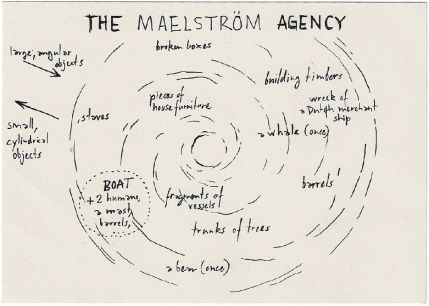A tale as a tool
Sandrine Teixido / Aurélien Gamboni
A long term investigation led by Aurélien Gamboni and Sandrine Teixido, basing on the tale by Edgar A.Poe "A Descent into the maelström". Considering this tale to be a powerful conceptual tool, allowing for an interrogation of the perception of environmental changes, Sandrine and Aurélien have collected narratives that profoundly resonate with Poe's story.
www.ataleasatool.com
>
> projects: A tale as a tool, MAC Niteroí, Centre de la Photographie, Parc Saint-Léger, etc.
Hellsegga Talks, Bâtiment d'art contemporain, Genève
MALSTRØM 68N/ partie 2, Théâtre de l'Usine, Genève
MALSTRØM 68N/ partie 1, Théâtre de l'Usine, Genève
Surfando no dilúvio (maelström Porto Alegre), 9e Bienal do Mercosul, Porto Alegre
L’assemblée du maelström, Les Urbaines, Lausanne
Into the maelström, Swiss Art Awards, Basel
> texts:
Le maelström par Grégory Quenet
the Lithographer (with Sandrine Teixido)
9e Bienal do Mercosul (exhibition catalogue), Porto Alegre
I now began to watch, with a strange interest, the numerous things that floated in our company.
E.A.Poe
The interpretative potentialities of the tale allow it to operate as a powerful conceptual (or speculative) tool, as well as an activator of memories and new narratives. Initially presented in Basel in 2011, the first configuration of the project earned Aurélien Gamboni a national award. Later that year, Sandrine and Aurélien translated the tale into a fictional, architectural assembly, gathering the voices of concerned people and characters in a multimedia installation.
Sandrine and Aurélien then decided to pursue the maelström exploration through the means of field investigation, and to experiment its agency in situ. Invited by the 9th Mercosul Bienial, they developped in 2013 an inquiry in Porto Alegre (Brazil). They collected numerous testimonies that shed light on some of the complexities and diversity of the inhabitants' relationships with their natural environment, more specifically in relation to the spectacular floods of 1941. Witnesses and survivors, but also researchers in hydrology, geology and climatology, and members of communities more deeply affected by this major event – such as the fishing community of Vila Guaíba – have been invited to appropriate Poe's maelström in relation to their own experience, to share a new common object able to shift the usual perspectives and objects of controversy.
Displaced in a new context, the maelström gathers narratives and issues that are usually kept separate. The history of the anti-flood protection system in Porto Alegre, closely related to the engineering developments and heavy pollution of Lake Guaíba, questions the modes of relation to the natural environment and the ways they influence land management. Similarly, the eventuality of future floods – mostly considered highly improbable – echoes with the global issue of rising sea levels, and the augmentation in frequency and intensity of extreme natural disasters, such as Hurricane Catarina, which hit the neighboring state of Santa Catarina in March 2004. The maelström hence initiates a new assembly, convoking the concerned actors and objects around an ensemble of entangled issues, in order to negotiate new relations to an environment in constant transformation.
Into the maelström.
Often used as an allegory to understand one’s position within a larger system or constellation, especially in a context of environmental risk – be it social, political or ecological – the story has already known multiple interpretations and uses. Sociologist Norbert Elias, media theorist Marshall McLuhan, illustrator Fritz Eichenberg, theoretician Gene Ray and environmental historian Grégory Quenet, among others, have referred to the allegorical potentialities of the story as a way to conceptualize the major challenges of their own historical periods, often in the prevision of an imminent catastrophe. These historical threats included the uprising of fascisms in the 1930s, the risk of a nuclear conflict during the Cold War, the challenges raised by a new era of electronic information, the politics of terror following 9/11, as well as the processes of adaptation to climatic change. In all cases, what is at stake for the observer of his time is an attempt to both understand the evolutive dynamics of his own environment and to provide salutary knowledge allowing diversion from the foreseen trajectory.
Furthermore, many of these authors share strong biographical relationships with the tale, an indication of the potentiality for a narrative to both open up new paths for action, as well as to reconfigure the perception of one’s own experience. For instance: Norbert Elias attended a speech by Adolf Hitler in Frankfurt in 1933, a huge risk as a Jewish intellectual, in order to enter the maelström and take measure of the dangers to come. Annie Edson Taylor first braved Niagara Falls in a barrel in 1901, attempting to reach fame and escape from poverty, a gesture that we could potentially suspect was inspired by the reading of Poe's tale.
A narrative, different uses.
"A Descent into the Maelström" appears as a story within a story. An old Norwegian fisherman tells the narrator about his encounter with the "Moskoeström," the gigantic whirlpool of the Lofoten islands, where he was caught one day, along with his two brothers and their boat. Interestingly, it is by overcoming the torpor caused by danger, and by analyzing the dynamics of the objects in movement within the maelström, that the fisherman escapes this vicious funnel. Both from empirical observation (larger objects tend to descend faster to the bottom of the whirl, and cylindrical objects are more likely to stay at the surface of the water), and from memories of past storms (finding shattered and undamaged objects on the coast after the storm), he understands that he needs to tie himself to a barrel and jump from the boat. This salutary change of vehicle will allow him to avoid the fate of his brothers.
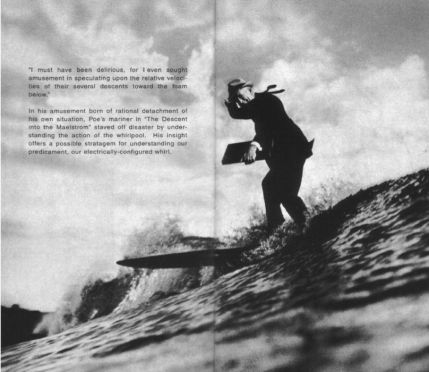
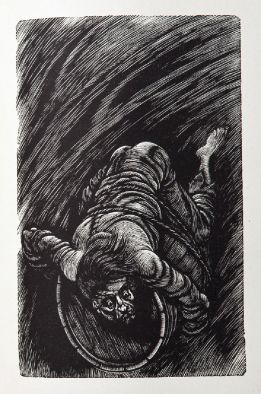
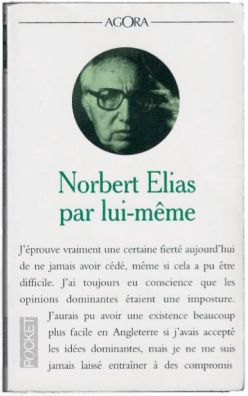
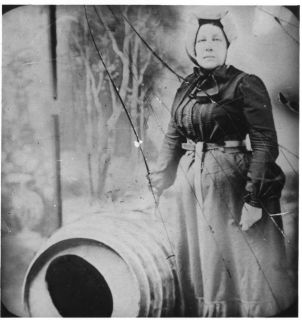
Investigation and assembly.
On the site of the tale.
After having travelled with Poe’s maelström, equipping and adapting it so that it could find new resonances in each context, the next step naturally consisted in "carrying" it this time to the site of the plot itself: the Norwegian Lofoten archipelago, situated above the polar circle, a place that Edgar Allen Poe never actually visited. This new expedition, supported by the French national research project "Cosmopolitics of nature," led by the University of Versailles-Saint-Quentin-en-Yvelines, aimed to address, on the one side, the architecture of the tale, the detailed description of the maelström and the interpretative potentialities that it offers; as well as, on the other side, the actual malstrøm phenomenon (this time in its Scandinavian spelling) as it can be directly observed, the stories circulating on the matter amongst the inhabitants of the Nordland and the way they could re-appropriate Poe’s tale and assign new functions to it.
At Théâtre de l’Usine in Geneva, this investigation led to two series of performances meant to open and then close the 2014-2015 season of TU: the first performance precedes the travel (September 2014) while the second brings this investigation to an temporary conclusion (June 2015).
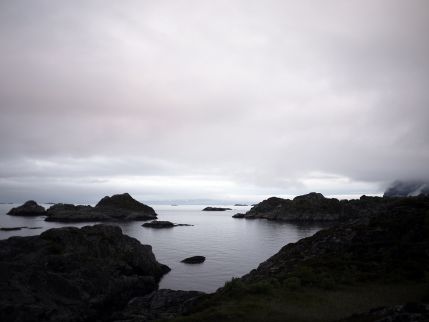
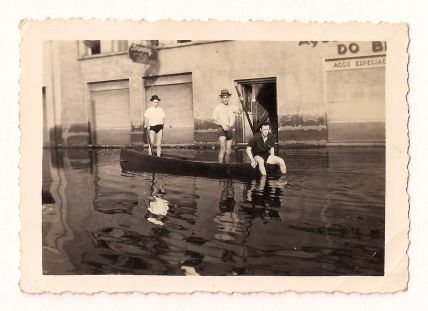
Niteroí, Buffalo and Geneva
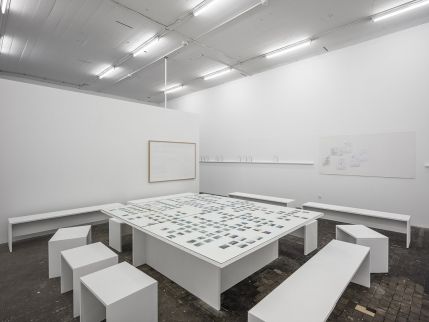
Basing on the testimonies previously gathered, Sandrine Teixido and Aurélien Gamboni then developed a series of "mobile assemblies of investigation narratives" entitled A tale as a tool, taking the form of an installation meant to host various public events.
Initiated at Museu de Arte Contemporânea (MAC) in Niterói in 2016, in the context of the exhibition Guanabara Bay: Hidden Waters and Life, it marked the return of this project to Brazil. A wall of investigation gathering documents and narratives was presented in the museum, while interviews and public discussions where organized, in relation to the pollution of the Guanabara Bay and the tragedy of a deadly landslide in the favela of Bumba in March 2010.
After a passage at gallery G-MK in Zagreb, the maelström settled at Centre de la Photographie in Geneva in 2017, with an installation gathering photographic documents, text and video, as well as conferences and workshops with professor of literature Yves Citton, philosopher Emilie Hache and historien of sciences John Tresch.
In 2018, a new investigation was conducted in the region of Buffalo / Niagara Falls, in collaboration with Stéphane Verlet-Bottero, Festival Indeterminacy and University at Buffalo, more specifically focusing on the politics of water in this region which contains 20% of the world's surface fresh water.
More information regarding the recent developments of the project (exhibitions, publications and articles) can be found on the website:
ataleasatool.com

